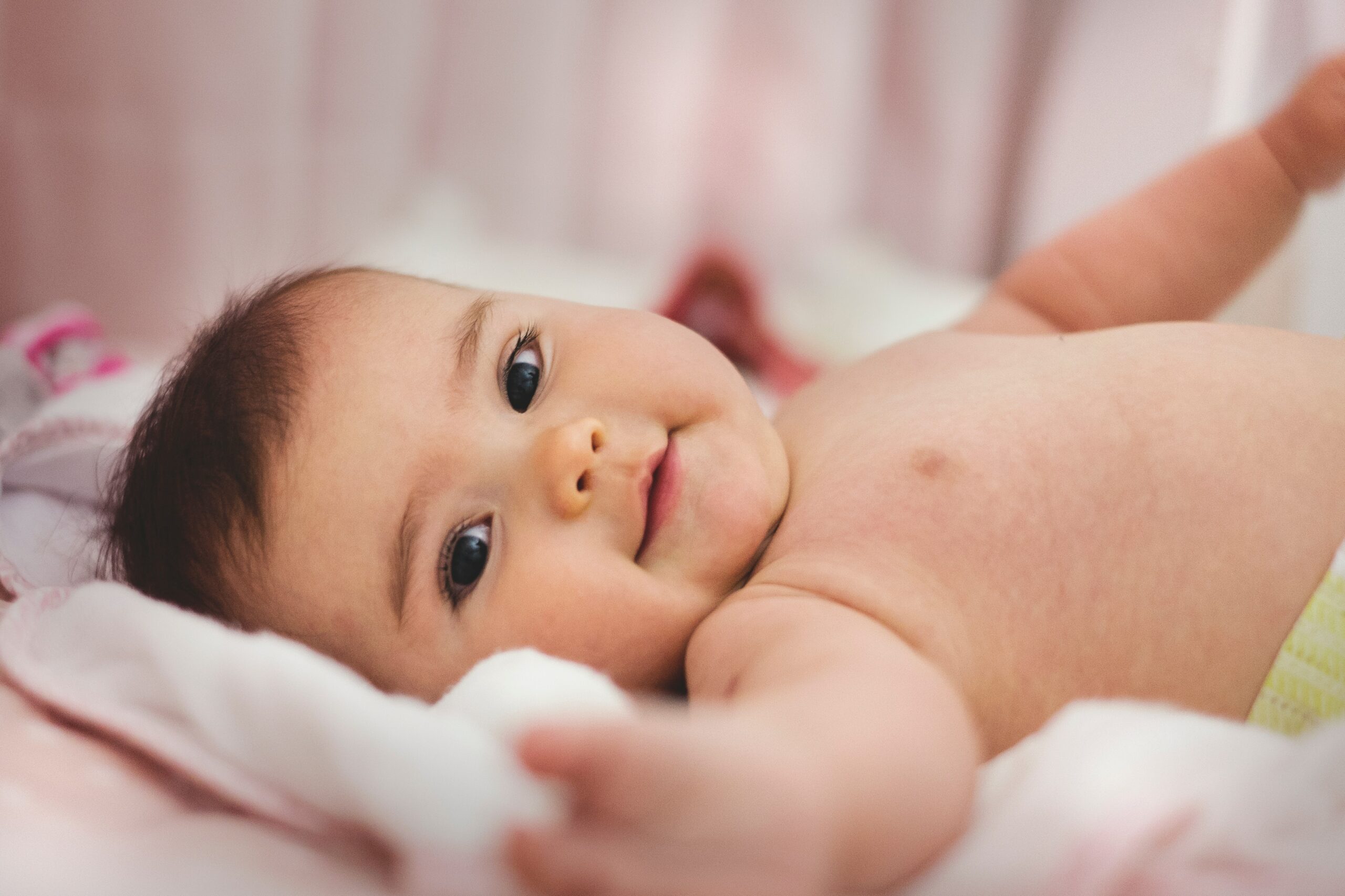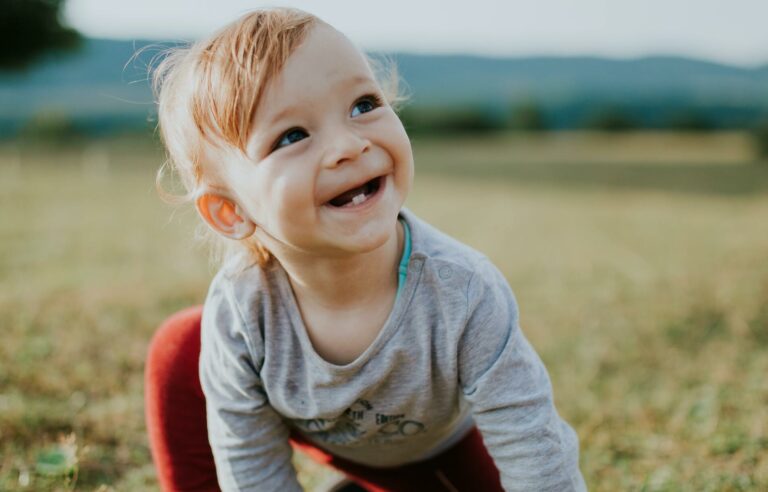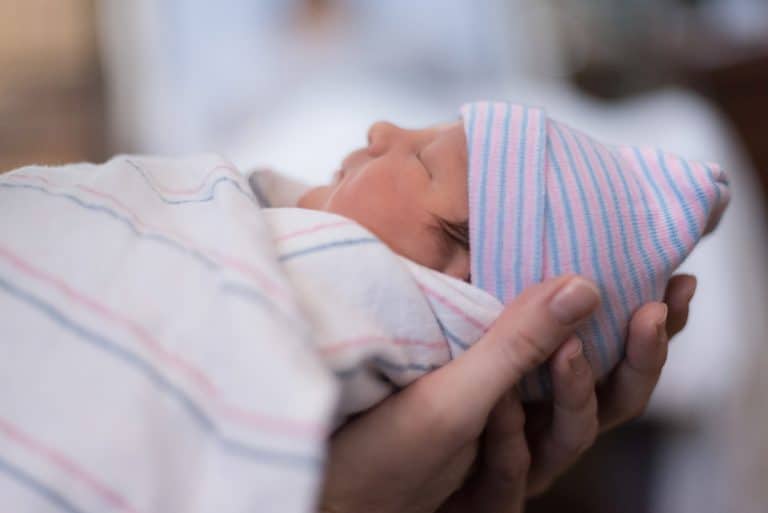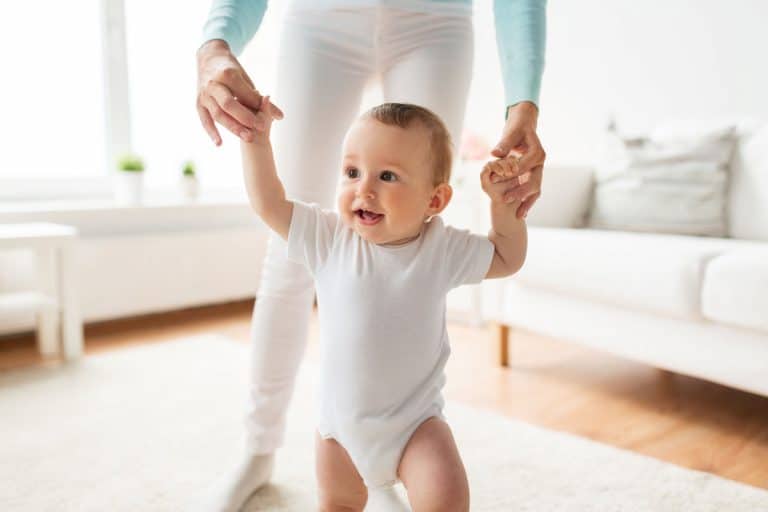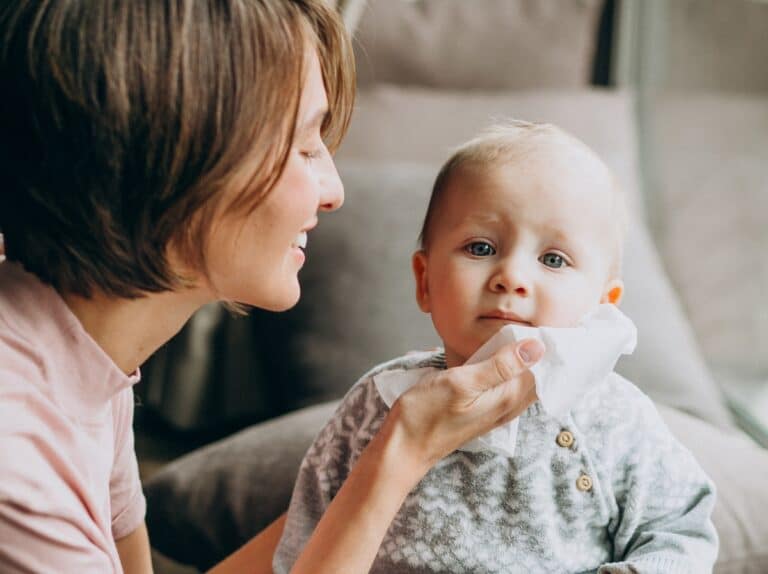For most of us, our homes are our safe space. It is one of, if not the place where we feel protected, safe, and take care of. However, when you have a newborn around, even your home can become a dangerous place. Things that are normal for us can be extremely hazardous to your baby, and there are numerous ways they can get hurt if you are not careful.
Baby-proofing the house before you bring your baby home is essential if you want to ensure that your newborn is safe and protected all the time, and away from harm’s way. However, getting started, especially if you are a new parent, can be complicated. After all, there are numerous things to be done, and choosing how to execute and cover every area of the house can be difficult to tackle.
To make things easier, we’re listing down some important ways to baby-proof the house, which you should keep in mind. This is not a comprehensive list, but it is a great way to get started, especially if you don’t have prior experience.
Cupboard and Drawer Latches: Cupboards and drawers can be extremely hazardous to newborns and babies when they start walking around. There is always the possibility of a cupboard or cabinet coming loose or drawers opening and falling on them. Make sure that you place latches on open cupboards, which will prevent them from coming out by themselves and can only be opened by physically detaching the latches.
Attach Indoor Fences: If you have stairways in your house, or you want to keep your baby away from areas of the house like the kitchen and bathroom, where there is a higher possibility of an accident occurring, attach indoor baby fences. These are indoor gates that will prevent your baby from straying away from dangerous areas. But at the same time, they’re easy to open and use so that adults can access them with ease.
Blunting Sharp Corners: As your baby learns to crawl and move around, there is the risk of them bumping themselves on sharp corners and edges of furniture, such as tables and TV stands, and even wound themselves. Place bump guards and padding to these corners, which will ensure that even if your baby does collide with them, they will not be hurt.
Place Hinge and Socket Protectors: Sockets and door hinges are always a major hazard to children, compared to other appliances or items, simply because they’re usually placed lower and can be easily reached. Babies may insert their fingers into the sockets and hinges, and to prevent this from happening, cover all sockets with protectors which you can find in any hardware store.
Place Toilet Lids: Bathrooms can be highly dangerous for babies since they are more top-heavy as compared to adults, and they can even drown in an inch of water. Thus, there is a high possibility of them falling into the toilet. Prevent this from happening by placing toilet latches and keeping the lids properly closed at all times.
Remove Trip-Hazards: Make sure to always keep items that may be trip hazards, such as heavy rugs, wires, and cords, etc. away from the floor. Keep them away from their reach as well, and do not leave them lying around as they may trip and hurt themselves. Switch over the lighter rugs and make use of wire wrappers to keep cords away.
Switch Over From Blinds: Blinds that are controlled by cords can be a dangerous choking hazard for children, as they may end up wrapping themselves around it and then be unable to get out. If you have such blinds, remove them and place curtains or child-safe wooden venetian blinds instead. The flaps of blinds themselves may also hurt them and lead to cuts and gashes.

